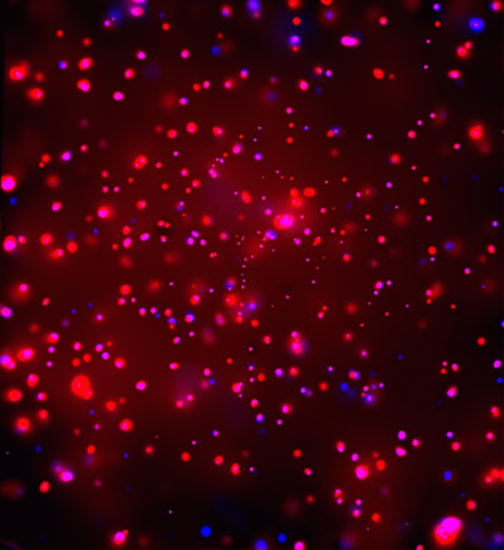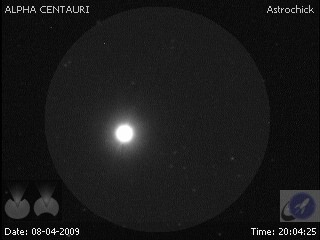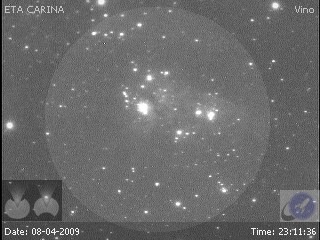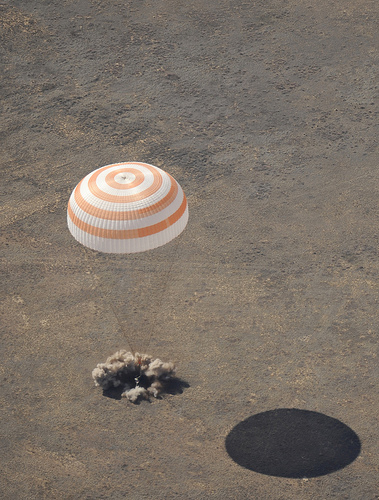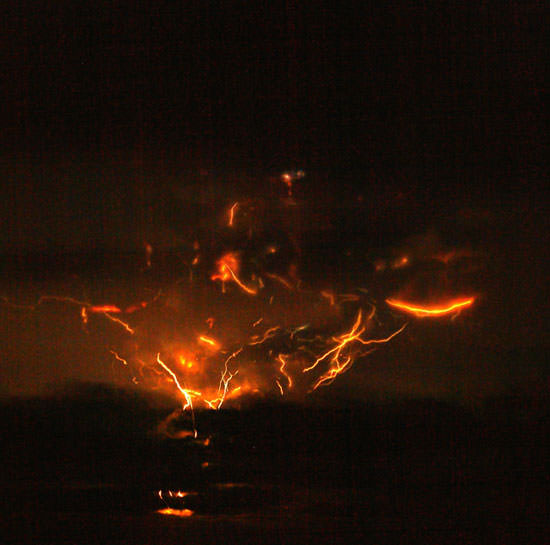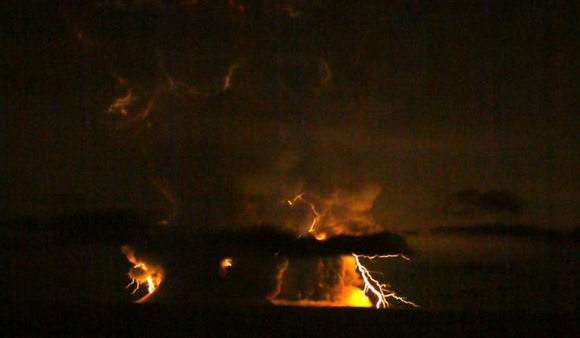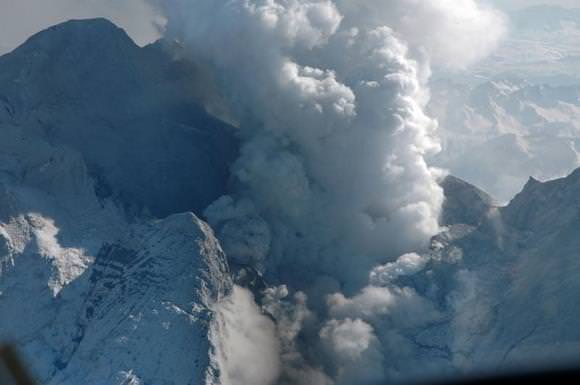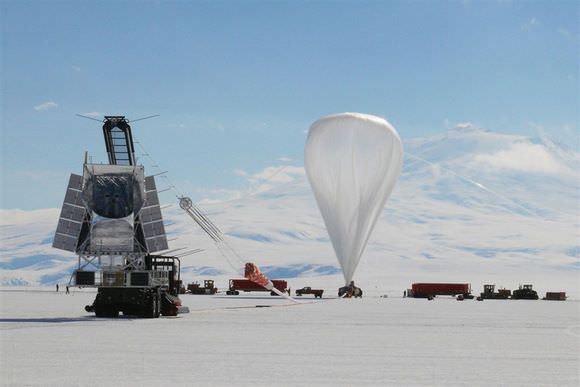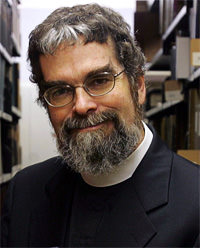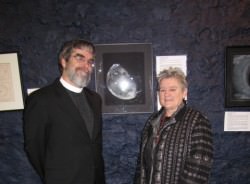[/caption]
When you think of volcanoes, you immediately think of lava flows. These are the familiar rivers of lava pouring down the sides of the volcano, burning everything in their path, covering up building and generally ruining things. Well, you might be surprised to know that lava flows are the least hazardous way a volcano can kill you.
Molten rock is much thicker than a liquid like water. Even lava flows with the least viscosity (the least thick), will only flow at a maximum speed of a few kilometers per hour. You can easily out run a lava flow, and that’s why people are rarely killed by them. Building and trees, which are stuck to the ground, aren’t so lucky.
How far the lava flow goes depends on its viscosity. Lava flows made of basalt, like you might find in Hawaii, have very low viscosity, and so they can flow as much as 4 km away from the source and have a thickness of 10 meters. Thicker lava flows only get about 1 kilometer away from the source, but can be as thick as 100 meters.
People aren’t really at risk from lava flows, but they can do a tremendous amount of property damage. If the intense heat doesn’t set your house on fire, the slow moving wall of liquid rock will certainly knock it over and crush it to pieces. Entire towns built close to volcanoes have been overrun by lava flows, destroying houses and cars, encasing everything in meters of rock. Once an eruption is over, the lava flow can take days or even years to cool down.
Engineers have tried to battle nature, coming up with all kinds of ways to stop lava flows – few successful. In Italy, engineers have installed retaining walls to try and slow down lava flows coming down the side of Mount Etna, on the island of Sicily. These walls did slow down the lava flows enough that they didn’t reach inhabited land. In Hawaii, engineers bombed narrow lava tubes, forcing the lava to lose energy. And in Iceland, firefighters sprayed water on lava flows for nearly 5 months, cooling it so that it solidified early and didn’t block an important port.
We have written many articles about volcanoes for Universe Today. Here’s an article about the tallest volcano on Earth, and here’s an article about types of lava.
Want more resources on the Earth? Here’s a link to NASA’s Human Spaceflight page, and here’s NASA’s Visible Earth.
We have also recorded an episode of Astronomy Cast about Earth, as part of our tour through the Solar System – Episode 51: Earth.
Reference:
USGS Volcanoes: Lava Flows and Their Effects


